The Indian Flag, also known as the Tiranga (meaning “tricolor”), is a symbol of India’s rich history, values, and national pride. Here are some interesting and significant facts about the Indian Flag:
🇮🇳 The Indian Flag: More Than Just a Tricolor
Let’s be honest. We’ve all waved it during Independence Day, saluted it during school assemblies, and probably even drawn it a few hundred times in school art competitions. But how many of us really know the story behind the Indian National Flag?
It’s not just a tricolor rectangle with a blue wheel in the middle. It’s emotion. It’s history. It’s got layers of meaning, and it’s been on one hell of a journey before becoming what it is today. So, if you’re ready for a flag-fueled ride through freedom, symbols, and some very interesting facts — let’s go!
🧵 The Basics First — What’s It Made Of?
Okay, before we dive into history and symbolism, let’s look at the design:
- The Indian flag is a horizontal tricolor of saffron (top), white (middle), and green (bottom).
- In the center of the white band is a navy blue wheel — the Ashoka Chakra, with 24 spokes.
- The flag’s ratio is 2:3 — that means if it’s 2 feet tall, it should be 3 feet wide.
Simple, right? But everything in this flag has a reason behind it. So let’s break it down.
🎨 What Do the Colors Mean?
1. Saffron:
Nope, it’s not just a pretty shade of orange. Saffron stands for courage and sacrifice. It represents the spirit of India — bold, fearless, and full of energy. It reminds us of the countless people who gave up everything for the freedom of the country.
2. White:
This one’s about peace, truth, and honesty. It also stands for the path of light and righteousness. You could say it’s the calming zone between the fire of saffron and the liveliness of green.
3. Green:
It’s not just about nature (though India’s got plenty). Green symbolizes growth, prosperity, and fertility. It reflects our connection to the land, agriculture, and life itself.
🌀 And That Chakra in the Middle?
That’s the Ashoka Chakra, and it’s not there just to look cool (though it kinda does). It comes from the Lion Capital of Ashoka — the same Ashoka who was a mighty emperor and later turned to Buddhism after the bloody Kalinga war.
The Chakra represents the wheel of law, dharma, and progress. It has 24 spokes, symbolizing the 24 hours in a day — because life is all about moving forward, not sitting still.
Fun fact: Before the Ashoka Chakra was added, there was a spinning wheel (charkha) at the center of the flag, which symbolized self-reliance during the Swadeshi movement.
🏞️ Where Did It All Begin?
India didn’t always have this flag. Like everything else in our history, the flag went through its own evolution.
1. The First Attempt (1906):
The first “national flag” was hoisted in Calcutta. It had three horizontal stripes — green, yellow, and red — and symbols like the sun, crescent moon, and even “Vande Mataram” written in the center.
2. Madame Bhikaji Cama’s Version (1907):
Cama hoisted a flag in Paris that looked similar to the 1906 one but had some tweaks. She wanted the world to know that India wasn’t just a colony — it had its own identity.
3. The Gandhi Era Flag (1921):
This one had a spinning wheel in the center — representing the Swadeshi movement. Designed by Pingali Venkayya, it had red and green colors for Hindus and Muslims, and later white for peace.
4. The Final Form (1947):
As India approached independence, it was decided that a national flag should not represent any religion. So, the tricolor was retained, but the spinning wheel was replaced with the Ashoka Chakra, a more secular and ancient Indian symbol.
And boom! That’s the flag we know and love today — officially adopted on July 22, 1947, just days before India became free.
🧶 Pingali Venkayya — The Flag Man
Let’s give a proper shoutout to Pingali Venkayya, the guy behind the idea of a national flag. This man was on a mission — he researched flags of other nations, traveled across India, and pitched designs to none other than Mahatma Gandhi himself.
Eventually, his design (with a few changes) was accepted, and he’s now remembered as the man who gave India its face of freedom. There’s even a commemorative stamp and a special honor in his name!
🚩 Rules of the Flag – It’s Serious Business
You can’t just print the Indian flag on your t-shirt or napkin. There are strict rules under the Flag Code of India.
Some key dos and don’ts:
- You can hoist the flag at your home (thanks to an amendment in 2002), but it must be treated with respect.
- It must never touch the ground, be torn, or used for decoration or clothing.
- The Ashoka Chakra should always face outward when hoisted.
- Only khadi (handspun cloth) is allowed for making the flag officially.
Messing with the flag or showing disrespect? That can land you in legal trouble under the Prevention of Insults to National Honour Act.
🏛️ The Flag and the Freedom Movement
The Indian flag wasn’t just a symbol — it was a weapon of rebellion.
During British rule, waving the flag was considered an act of defiance. Many freedom fighters were beaten or jailed just for hoisting it. People would hold secret flag-raising events. Kids would draw it in secret. It was like a big “Nope, we’re not giving up” to the British Empire.
When India finally gained independence, that moment of hoisting the tricolor at the Red Fort was nothing short of historic. It meant everything — the beginning of a new era.
🌍 The Flag on the Global Stage
Since then, the Indian flag has done some pretty epic things:
- It was raised at the South Pole and Mount Everest.
- It went to space with astronaut Rakesh Sharma.
- It’s hoisted at UN peacekeeping missions and Olympic podiums.
- And every year on January 26 (Republic Day) and August 15 (Independence Day), it flies high across every school, office, and public space.
❤️ Final Thoughts: More Than Just a Flag
The Indian National Flag is more than just a piece of fabric with three colors and a wheel. It’s a reminder of how far we’ve come, the freedom we enjoy, and the responsibility we carry.
It represents unity in diversity — a country with thousands of languages, cultures, and beliefs, all standing under one flag. Whether you’re watching it rise with the national anthem or see it flying on a mountaintop — it never fails to stir something deep inside.
So the next time you see the Indian tricolor, pause for a second. Think about the sweat, tears, sacrifice, and love that went into making that flag what it is. And be proud — really proud — to be part of the country it represents.

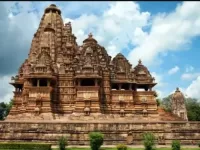











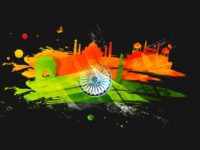







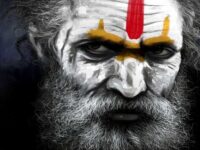


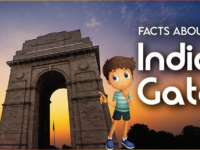




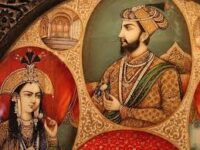










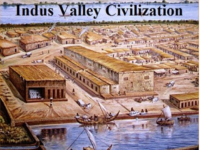











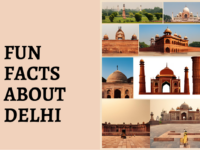



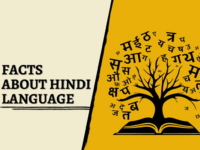










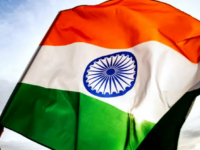


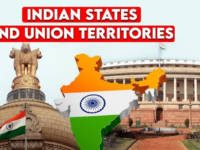


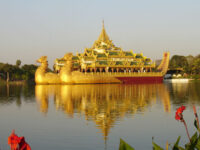

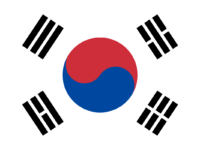

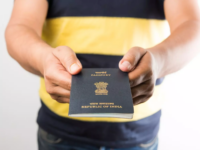
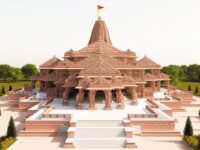






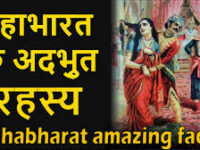
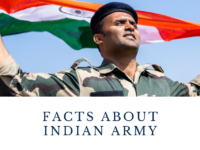
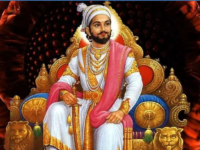











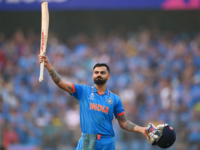


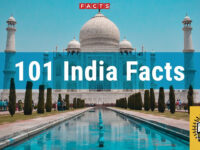
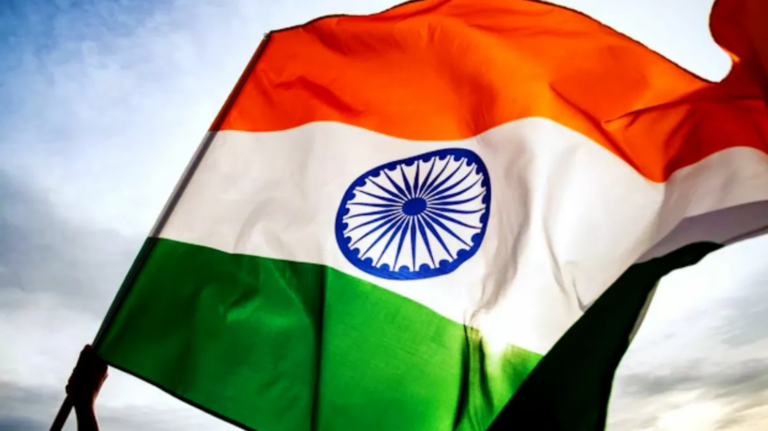
0 Comments